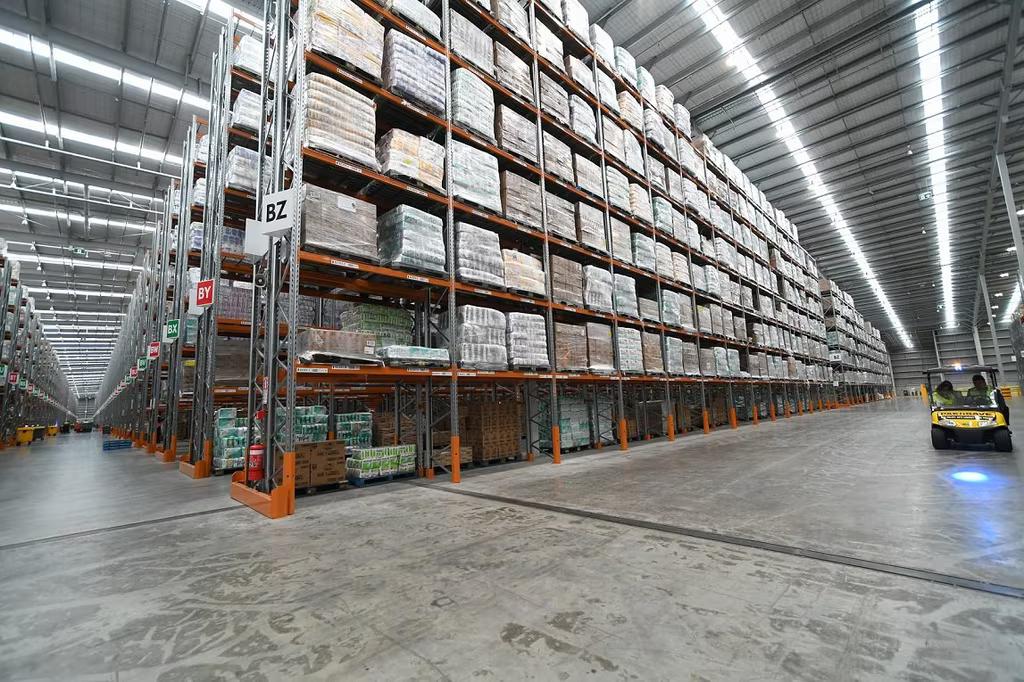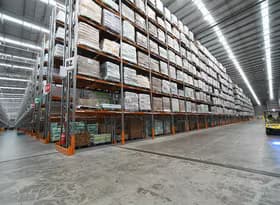
Media Release: Costs from grocery suppliers to supermarkets increase 2.0%pa in March
The pace of supplier cost increases to Foodstuffs supermarkets rose slightly in March, with the Infometrics-Foodstuffs New Zealand Grocery Supplier Cost Index (GSCI) showing an average 2.0% increase in what suppliers charged in March 2025, compared to a year earlier.
“March’s increase in the annual growth rate of the Index continues a trend of slightly more volatile results, with some slower months and some faster months of supplier cost increases,” said Infometrics Chief Executive and Principal Economist Brad Olsen. “March’s 2.0%pa result follows the 1.8%pa rise in February, but the overall trend for supplier cost increases continues to be around 2%pa. March saw a larger quantity of cost increases, although this rise did follow the dip seen through the summer moratorium period.”
The Infometrics-Foodstuffs New Zealand Grocery Supplier Cost Index (GSCI), commissioned by Foodstuffs New Zealand, measures the change in the list cost of grocery goods charged by suppliers to the Foodstuffs North Island and Foodstuffs South Island co-operatives. The Index utilises detailed Foodstuffs NZ data across over 60,000 products the Foodstuffs co-ops buy to stock in their 500+ stores, making it the largest dataset of its type in New Zealand, to give a real-time view on supplier cost changes.
Every month, the Index tracks what it costs supermarkets to buy the goods to put on the shelf. Previous analysis shows that supplier costs are the major component of supermarket prices, representing two-thirds of the on-shelf price.
“Cost increases for milk and cheese were the key drivers behind a 3.7%pa rise for chilled products, as higher prices support exporters but also impact local prices,” said Mr Olsen. “Grocery costs rose 2.1%pa, as chocolate, coffee, chip, and biscuit costs increased. However, the overall increase was partially offset by slightly lower olive oil costs. Produce cost increases were more restrained, but still up 1.3%pa. Cucumber, cauliflower, and potato costs increased, while a number of fruit costs fell slightly.”
Month on month, just under 4,200 products increased in cost in March 2025 compared to February. “That’s the highest number of cost increases since mid-2023, driven by a larger volume of grocery department cost increases,” said Mr Olsen. “The trend number of monthly cost rises climbed slightly to around 2,700 but could just be due to a difference in the timing of cost changes.”
“There’s still cost pressure in the system, but it does seem restrained enough for now. Global pressures continue to influence food costs in New Zealand, particularly for items like our dairy and red meat, and imported chocolate and cooking oils. Recent tariff announcements in the US have raised concerns about further global inflationary pressure - a factor to keep an eye on.”
ENDS
Note:
The Infometrics-Foodstuffs New Zealand Grocery Supplier Cost Index (GSCI), commissioned by Foodstuffs New Zealand, measures the change in the list cost of grocery goods charged by suppliers to the Foodstuffs North and South Island cooperatives.
List cost refers to the cost suppliers charge retailers before trade spend is applied; trade spend being any form of discount provided by a supplier to allow their goods to be discounted.
The Index utilises detailed Foodstuffs NZ data, across over 60,000 products, analysed by independent economics consultancy Infometrics to produce the GSCI and publish it on a monthly basis. For more details see www.infometrics.co.nz/product/grocery-supplier-cost-index.









